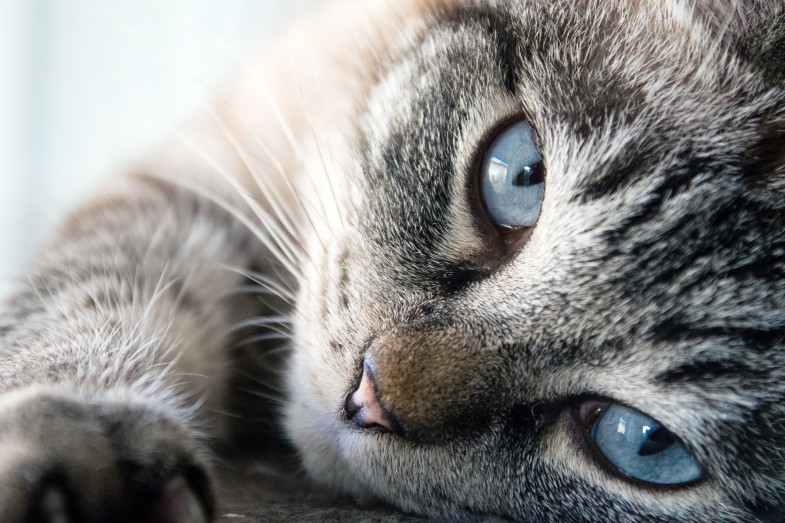Preventing and Treating Hot Spots

Acute moist dermatitis, more commonly known as hot spots, occurs due to a bacterial infection on your pet's skin.
Your dog or cat will naturally bite, chew, lick, or scratch his skin in response to an irritant. Unfortunately for your pet, this tends to increase rather than decrease his discomfort. Anal gland disease, allergies to fleas or food ingredients, mange, tick bites, and inadequate grooming are the primary causes of hot spots in companion animals. Hot, humid weather can cause excess skin moisture which in turn causes hot spots to develop. It's especially important to check your pet's skin for evidence of hot spots now that the weather is consistently warm.
How to Recognize Hot Spots
If your dog or cat has developed hot spots, she will exhibit at least a few of these symptoms
- A lesion that appears red or raised
- Unexplained swelling
- Constant licking or chewing a certain spot of her skin
- A red or brown color around the hot spot
- Unpleasant smell coming from the affected area
- Pus and oozing
- Displaying obvious signs of discomfort or pain
Preventing and Treating Hot Spots
Keeping your pet's skin healthy is the easiest way to prevent him from developing hot spots. We recommend using year-round flea and tick protection in addition to grooming his coat regularly. Matted fur traps moisture and can attract fleas, ticks, and other parasites. Occasionally, a pet may have a behavioral issue that causes the biting, scratching, and licking that leads to hot spots. If that's the case with your pet, speak to our veterinarians to help determine what could be causing the unwanted behavior. They are happy to recommend a specific product to prevent parasites as well.
We encourage you to contact us right away if your pet displays any of the potential signs of hot spots described above. Our telephone number is (254) 200-2790.

